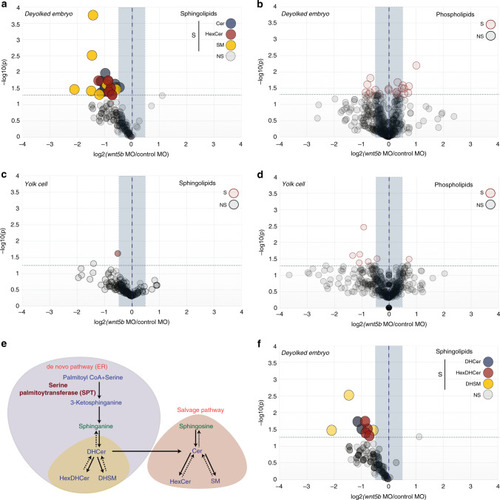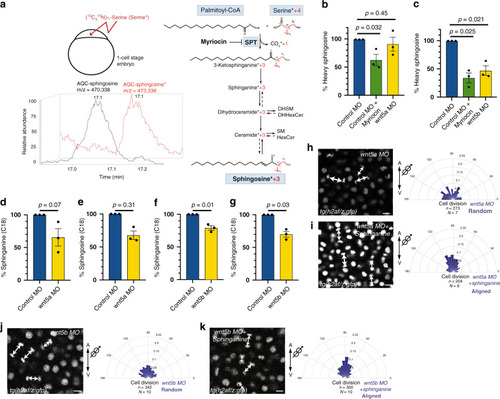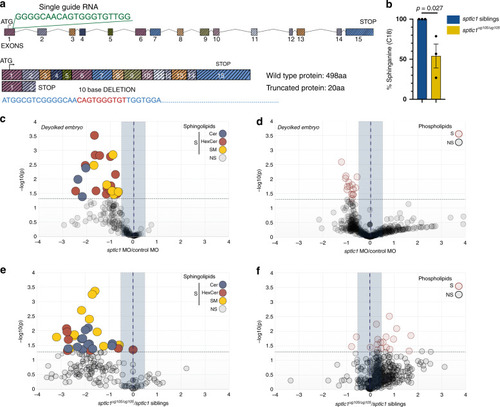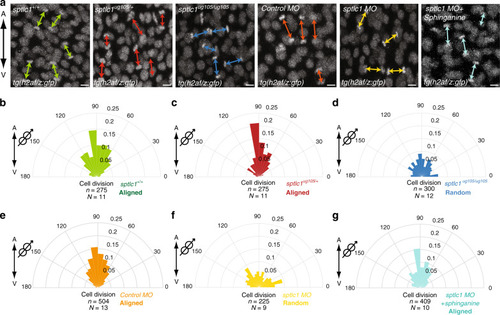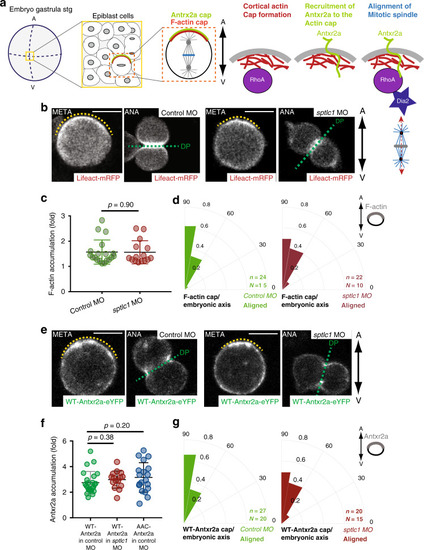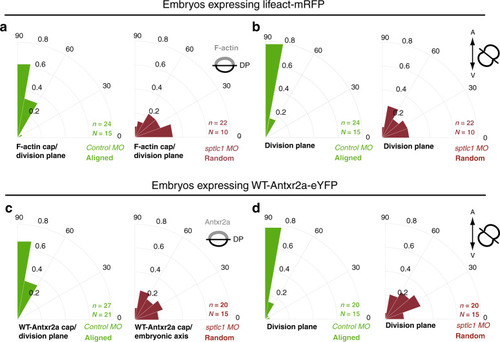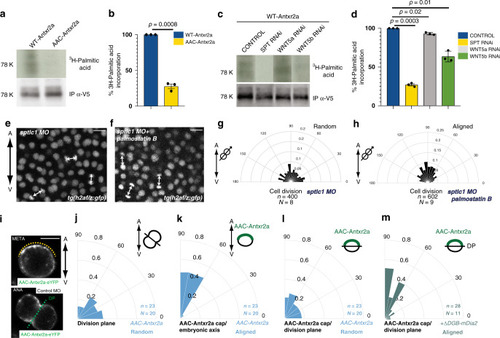- Title
-
Wnt-controlled sphingolipids modulate Anthrax Toxin Receptor palmitoylation to regulate oriented mitosis in zebrafish
- Authors
- Castanon, I., Hannich, J.T., Abrami, L., Huber, F., Dubois, M., Müller, M., van der Goot, F.G., Gonzalez-Gaitan, M.
- Source
- Full text @ Nat. Commun.
|
PHENOTYPE:
|
|
PHENOTYPE:
|
|
PHENOTYPE:
|
|
PHENOTYPE:
|
|
PHENOTYPE:
|
|
PHENOTYPE:
|
|
PHENOTYPE:
|

ZFIN is incorporating published figure images and captions as part of an ongoing project. Figures from some publications have not yet been curated, or are not available for display because of copyright restrictions. PHENOTYPE:
|

